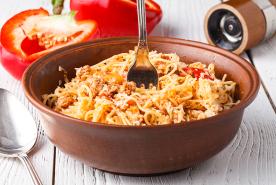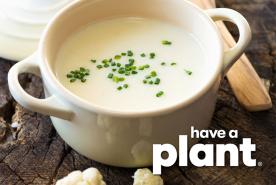Learn why protein is essential while on dialysis, how to identify low protein levels, and ways to increase dietary protein effectively.
What is protein?
Protein is an important nutrient that helps build muscle, repair tissue, and fight infection.
Protein is made from amino acids. Amino acids are like building blocks that combine to form many different types of protein. Your body makes some of the amino acids you need. The rest comes from the foods you eat. This is called dietary protein.
Why do I need dietary protein?
Your body cannot make all the amino acids it needs to keep your body working. When you eat foods that have protein, your body breaks it down into the amino acids that it needs. Your body uses these amino acids to make new proteins. These new proteins help your body build muscle and repair tissue, among other things.
What happens if I don’t eat enough protein?
If you don’t eat enough protein to make up for what is lost during your dialysis treatment, your body will start to break down your muscles to get the protein it needs. This can cause:
- Fatigue (extreme tiredness and lack of energy)
- Higher chance of infections
- Weight loss or muscle wasting
How do I increase protein in my diet?
If your protein levels are too low, you should work with your healthcare provider and your dietitian to help set personal dietary goals. Your dietitian can help you find the best choices for high quality protein based on your needs, budget, and what you enjoy eating.
Are there different types of dietary protein?
There are two types of protein in the foods we eat — animal protein and vegetable (plant) protein. Animal proteins are easier for your body to use, but most people need both types of protein in their diet. Here are some examples of foods high in protein:
Protein from vegetable sources:
- Soy (like veggie burgers, tofu, soybean)
- Beans
- Nuts
Protein from animal sources:
- Beef
- Chicken
- Egg
- Fish
- Pork
- Milk/Dairy*
* Dairy products are high in protein but are also high in phosphorus. You may need to use less dairy products in your diet to control phosphorus.
How do I know what a serving size of protein is?
A good way to determine a serving size of protein is by using your hand as a guide. The size of the palm of your hand is about three ounces. The size of your thumb is about one ounce. Your dietitian will work with you to tell you how many ounces of protein you will need in one serving for each meal and what types of protein to eat.
Do protein foods have phosphorus?
Many important sources of protein are high in phosphorous. As a dialysis patient, you will have to work with your dietitian and healthcare provider to understand which foods are high in protein, and how much phosphorous are in those foods. Your dietitian will help you make the best choices. It is also important to take your phosphate binders when eating high protein foods. Talking with your healthcare team will give you the information you need to make the best eating choices when trying to increase protein in your diet.
To learn more:
Nutrition and Kidney Failure: Are You Getting What You Need?

















